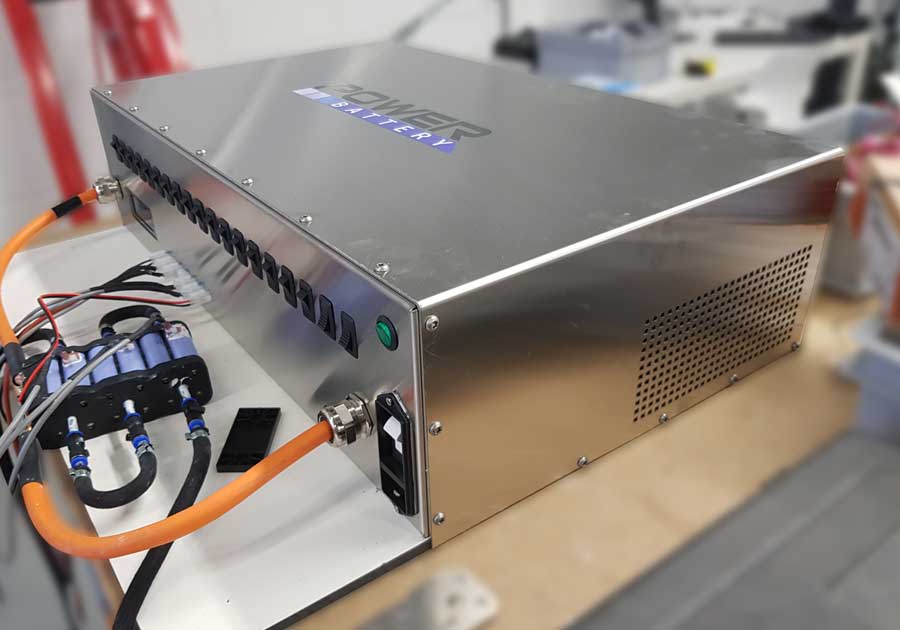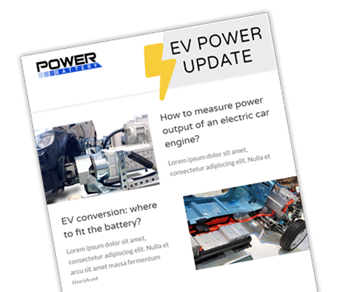New test facility to ensure battery module quality
Worldwide demand for high-quality, professional battery cells has never been higher than today. And, with new electronic alternatives to conventional energy sources being developed every day, this demand will keep on rising. This is good news for suppliers, battery modules and battery pack designers and producers, and last but certainly not least for the environment.
Sourcing our Li-Ion cells from multiple suppliers
The changes in the market make for an ever increasing demand for 18650 Li-Ion cells. This is why Power Battery is now also sourcing 21700 cells and different types of LiFePO4 cells. Additionally, we’ve decided to source our cells from more brands and suppliers than we used to. This helps us to make sure our service and delivery to our own customers is more secure.
However, we also wanted to make sure all our battery packs have the same high quality we are used to. For us, that meant building a new test facility, where we can verify the stats and characteristics of our modules, built with cells from any supplier in the world.
New test set-up and practices
For our test set-up, we’ve built multiple types of fluid cooled battery modules with cells from our potential suppliers. Next, we hooked the new modules up and pushed them to the limit. That means we charge and discharge them completely with a current that matches the continuous power mentioned in the supplier data sheet. We have switches to add resistors, so we can easily control the current through the cells.
This is a tough test for the modules because normal use circumstances make it far easier to properly cool the modules. In most applications the battery pack will not be completely discharged at once. Between the periods of high-power demand, the cooling system will still be active and cool the batteries. This causes the temperature to decrease. So, the maximum temperature at the end of the load cycle will be lower in this case.
By keeping track on the effectiveness of our cooling solution, we can see what the quality of the cells is. If they produce more heat than our benchmark, that means loss of energy, we deem the batteries of lower quality. To measure this behavior, we attach sensors on the outside of the modules to monitor the heat production there. Since we cool the inside of our modules, this is where the modules become the hottest.

Our conclusions and new suppliers
First of all, we made a benchmark with the Samsung cells we always used. We know these cells are top notch. The second brand we tested, are modules built with Sony cells, because these cells are often used in Formula-E vehicles. We see that these modules perform a little worse, although the differences are small and we’re confident that these modules will work fine in many applications.
Finally, we have tested and approved cells from Molicel. This is a smaller specialist player in the global market. This means that both our companies have a lot in common, which makes it an excellent partner for us. These cells performed very well too.
Continued testing and next steps
Now that we have this great set-up, we’ll continue testing to look for other battery solutions that would benefit our customers. Next up will be a test of multiple LiFePo4 batteries. These will be tested without our signature cooling solution, so we’ll need to measure the temperature on the poles and the exterior.
We’re going to use our measurements to compile datasheets for all our modules, containing cells of different suppliers. This will help you to select the right modules for your application.
Are you interested in our test solution or in our new modules? Feel free to contact us and we’ll help you with any questions you have!

